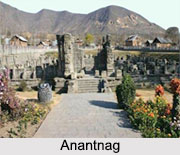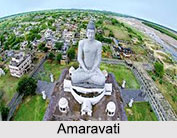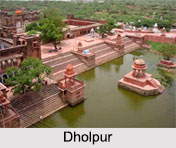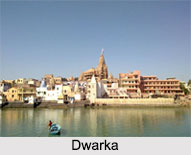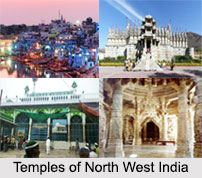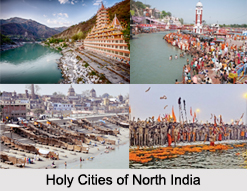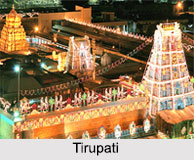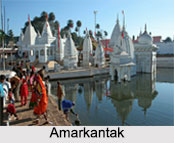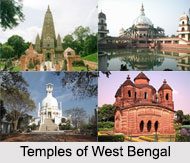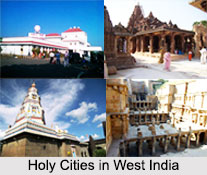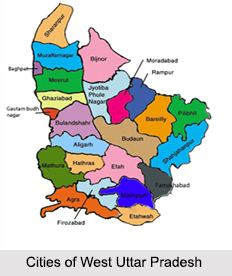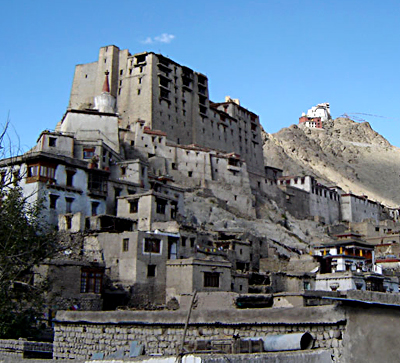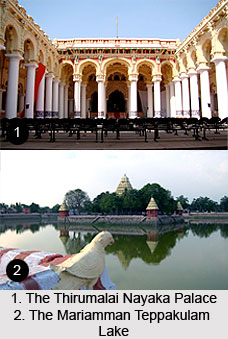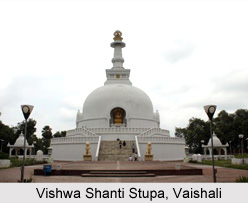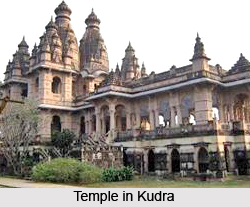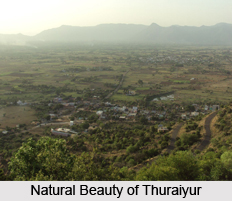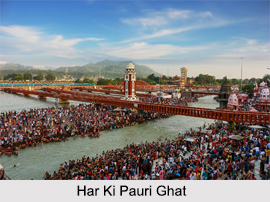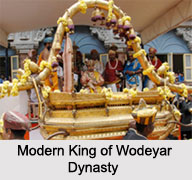 Wodeyar Dynasty is an Indian royal dynasty hailing from South India. This dynasty ruled Mysore from 1399 to 1947, until the independence of India from rule of British Government in India and the subsequent unification of Union of India and princely states into the Republic of India.
Wodeyar Dynasty is an Indian royal dynasty hailing from South India. This dynasty ruled Mysore from 1399 to 1947, until the independence of India from rule of British Government in India and the subsequent unification of Union of India and princely states into the Republic of India.
Wodeyar Dynasty of Mysuru or Mysore lost its glory during the rule of Tipu Sultan and Hyder Ali in medieval era. But later during the rule of British Empire in India, this dynasty rose into prominence in arts and culture and Bengaluru was made as the seat of administration.
Derivation of the Word- Wodeya
r
Wodeyar Dynasty which is also known as Wadiyar Dynasty has the historical records where the word "Wodeyar" is used. In Kannada language it is spelt as "Odeyar". The word "Wadiyar" is the surname of a Hindu community in South India, who are belonging from the Potters community. "Wadiyar" or "Wodeyar" is pronounced with "O" instead of "W" that is it started with a vowel sound in the English spelling. In Kannada language, the "Odeyar" means the King or the Owner of the State.
History of Wodeyar Dynasty
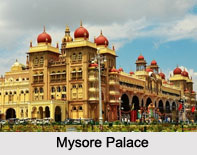 Wodeyar dynasty established the imperial position in Mysore State with the hands of Vijaya. In the medieval era, Vijaya took on the name and ruled Mysore, which was at that time a small town. It was around 1399 AD to 1423 AD, that is during the time of Muslim rule in India. Wodeyar of Vijaya`s dynasty was hailing from the Arasu Wadiyar community of Karnataka, which includes many of the noble clans of the region.
Wodeyar dynasty established the imperial position in Mysore State with the hands of Vijaya. In the medieval era, Vijaya took on the name and ruled Mysore, which was at that time a small town. It was around 1399 AD to 1423 AD, that is during the time of Muslim rule in India. Wodeyar of Vijaya`s dynasty was hailing from the Arasu Wadiyar community of Karnataka, which includes many of the noble clans of the region.
Rise of Wodeyars in Mysore
Wodeyars in Mysore rose into prominence after the downfall of Muslim rule. The kingdom of Mysore was ruled by a succession of Wadiyar or Wodeyar kings for two hundred years. However, the kingdom of Mysore during the early period was a very small. It was at that time a part of the Vijayanagara Empire. Later, after the fall of the Vijayanagara Empire in 1565, the Wodeyar Dynasty became independent and remained till 1799. At that time, British power rose into prominence.
Downfall of Wodeyar Dynasty in Mysore
The Kingdom of Mysore was declined in the later medieval era with the emergence of Tipu Sultan. But under the rule of British East India Company, Wodeyar Dynasty again came into power, but with feudal laws. King Krishnaraja Wadiyar III was belonged from this dynasty.
Emergence of Wodeyars in British Era
After the battle of Srirangapatna, British took the power from Tipu"s army and established Wodeyars as the puppet kings. Krishnaraja Wadiyar III became the monarch and his successors changed the English spelling of their royal name to Wadiyar, and took the title of "Bahadur". The last two sovereigns were also accepted from the British decoration G.B.E. From that time till the Independence of India in 1947, the Wodeyar kings became the clientele of British Government in India.
During the time of Wodeyar Dynasty in modern era (Princely State of Mysore), the paintings of Mysore flourished and reached its acme. Mysore showed its glory in art and architecture. These were highly appraised by the Europeans and Britons. In modern times national and international tourists visit the residence of Wodeyar Kings- Mysore Palace, which is a prime attraction in Karnataka.
